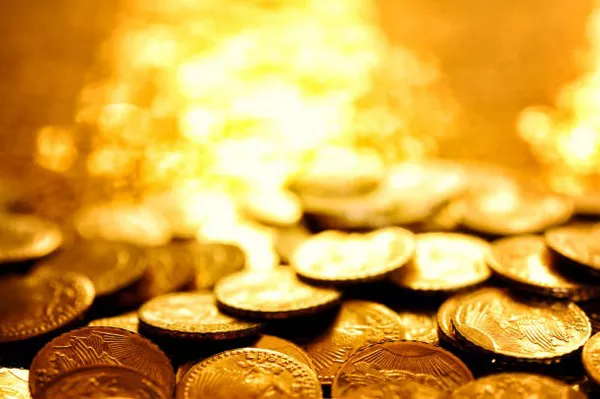In uncertain economic times, many investors turn to precious metals like gold and silver as a means of safeguarding their wealth and diversifying their portfolios. These timeless assets have a long history of retaining value and serving as hedges against inflation and economic instability. If you’re considering adding gold and silver to your investment portfolio, this comprehensive guide will walk you through the steps of buying these precious metals, helping you make informed decisions and maximize your investment potential.
Understand the Basics
Before diving into the world of buying gold and silver, it’s essential to have a solid understanding of the basics:
a. Types of Precious Metals: Gold and silver come in various forms, including coins, bars, jewelry, and even ETFs (Exchange-Traded Funds). Each type has its advantages and disadvantages, so you’ll need to decide which suits your investment goals best.
b. Purity: The purity of gold and silver is measured in karats for gold and fineness for silver. For instance, 24-karat gold is pure gold, while 18-karat gold contains 75% gold and 25% alloy. The higher the purity, the more valuable the metal.
c. Market Dynamics: Stay informed about market trends and factors affecting the prices of gold and silver. Geopolitical events, economic indicators, and supply-demand dynamics can all influence prices.
Determine Your Investment Goals
Your investment goals should guide your decisions when buying precious metals. Are you looking for long-term wealth preservation, a hedge against inflation, or short-term gains? Knowing your objectives will help you choose the right type and form of precious metals to invest in.
Choose the Right Form of Precious Metals
Depending on your goals, you can invest in gold and silver in various forms:
a. Physical Bullion: This includes gold and silver bars and coins. Bullion is ideal for long-term investors looking for wealth preservation. Popular options include American Eagles, Canadian Maple Leafs, and Krugerrands.
b. Jewelry: Buying gold and silver jewelry can be a way to enjoy the aesthetic appeal of precious metals while holding an investment. However, consider that jewelry often carries a premium for craftsmanship and design.
c. Exchange-Traded Funds (ETFs): ETFs offer a convenient way to invest in gold and silver without owning physical metal. They track the price of precious metals and are traded on stock exchanges.
d. Mining Stocks: Investing in mining companies can provide exposure to the precious metals market, but it comes with higher risk and volatility.
Find a Reputable Dealer
When buying physical gold and silver, it’s crucial to choose a reputable dealer. Look for dealers with a long-standing history, transparent pricing, and good customer reviews. Verify their credentials and ensure they are registered with relevant authorities.
Verify Authenticity
Counterfeit precious metals are a concern, especially when purchasing online or from unfamiliar sources. Verify the authenticity of your gold and silver through third-party assays or by purchasing from trusted dealers.
Understand Pricing
Precious metals are priced based on the spot price, which fluctuates daily due to market forces. When buying physical metal, you’ll likely pay a premium above the spot price. This premium covers manufacturing, handling, and dealer profit. Be aware of these costs and compare prices from different dealers to get the best deal.
Storage and Security
Decide on a secure storage option for your physical precious metals. Options include home safes, bank safety deposit boxes, or specialized storage facilities. Ensure your chosen method meets your security requirements.
Consider Tax Implications
In some regions, there may be tax implications when buying, selling, or holding precious metals. Consult with a tax professional to understand your obligations and potential benefits.
Diversify Your Portfolio
Diversification is a fundamental principle of investment. Don’t put all your eggs in one basket. While precious metals can be a valuable addition to your portfolio, it’s essential to have a well-balanced investment strategy that includes various asset classes.
Stay Informed
Keep yourself informed about the precious metals market and global economic developments. This knowledge will help you make informed decisions about buying, holding, or selling your gold and silver investments.
Conclusion
Investing in gold and silver can be a wise choice for preserving wealth and diversifying your portfolio. However, it’s crucial to approach this market with knowledge and caution. By understanding the basics, setting clear investment goals, and making informed decisions about the type and form of precious metals you purchase, you can navigate the world of gold and silver investments successfully. Remember to choose reputable dealers, verify authenticity, and ensure secure storage, all while staying informed about market dynamics and tax implications. With careful planning and prudent decisions, you can leverage the timeless value of gold and silver to enhance your financial security and achieve your investment goals.


